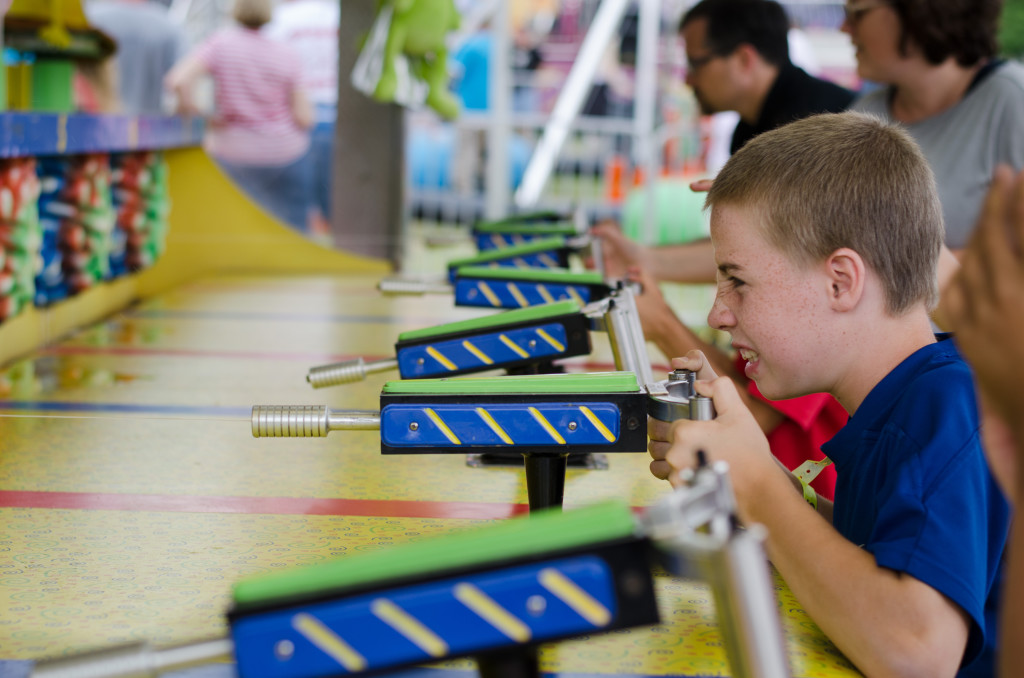 This article is from Street Photography by Gordon Lewis
This article is from Street Photography by Gordon Lewis
One of the attractions of street photography is that it requires so little equipment. Successful street photographers have been known to use only one camera and one or two lenses during their entire careers. Better yet, unlike more specialized types of photography such as architecture or macro, you have a lot of flexibility in camera choice. I have used everything from a Pentax 67 film SLR (whose body weighs only 1,660 grams and has a mirror that sounds like a door slamming) to a Leica M4 rangefinder (550 grams and whisper quiet) with equal success. The chances are that whatever reasonably portable camera and lens you already own is suitable for street photography, as long as you’re comfortable with it and happy with the results. That being said, most street photographers, myself included, prefer to use cameras and lenses that meet most (if not all) of the following criteria: Small Size and Low Weight Street photography requires that you carry your gear, often for long periods of time. Heavy cameras tend to get left at home when you’re headed out the door with no specific photographic purpose in mind. A small camera incurs no such burden, which increases the likelihood you’ll have it with you when a serendipitous photo opportunity presents itself. Another benefit of small cameras is that they generally attract less attention on the street than large ones. By small, I mean a camera and lens you could block from view with the palm of your hand, not one so small that usability and image quality suffer.
Small Size and Low Weight | Street photography requires that you carry your gear, often for long periods of time. Heavy cameras tend to get left at home when you’re headed out the door with no specific photographic purpose in mind. A small camera incurs no such burden, which increases the likelihood you’ll have it with you when a serendipitous photo opportunity presents itself. Another benefit of small cameras is that they generally attract less attention on the street than large ones. By small, I mean a camera and lens you could block from view with the palm of your hand, not one so small that usability and image quality suffer.
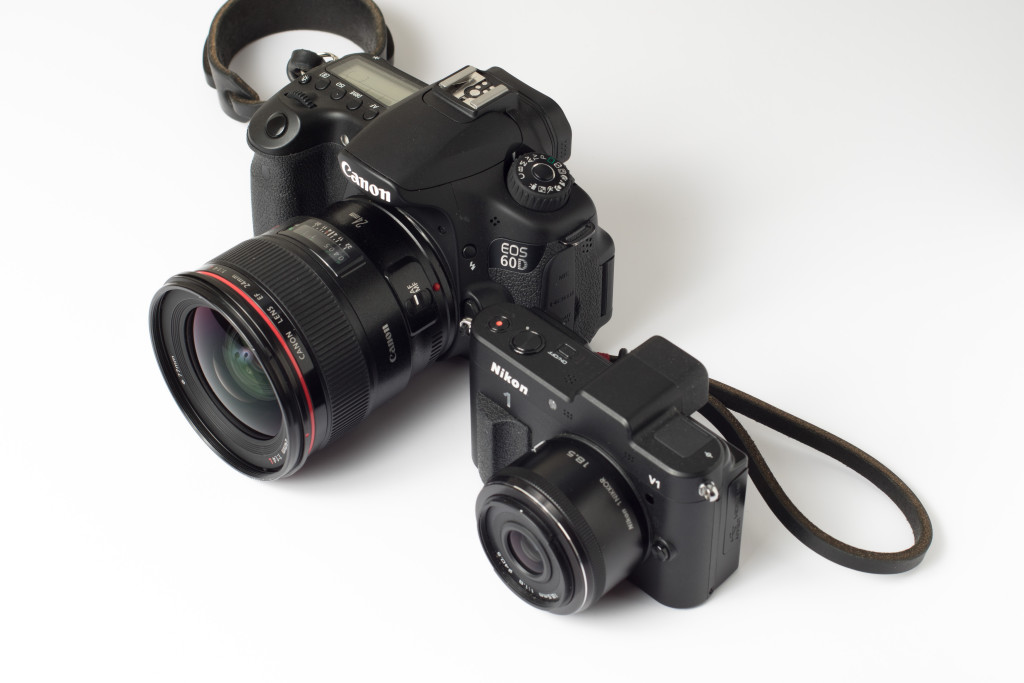
Small is relative. That said, it should be obvious which camera would be easier to conceal and carry for long periods of time.
Speed | One of the constant challenges of street photography is that you often have no more than a few seconds to capture an image. This calls for a camera that does what you need it to, as close to instantly as possible. The last thing you want in this sort of situation is a camera that is slow to turn on, has noticeable shutter lag, or is slow to zoom or focus. Fast focus, even if it’s not perfectly accurate, improves your ratio of successful photographs. Slow focus results in frequent missed shots. If you take a close look at some of the classic street photography shots, they often are not in perfect focus; there might be some subject or camera motion. However, if the photographer managed to catch the right moment at the right time, none of these “defects” matter.
Simple Operation | As with size, simplicity is a relative term. Some cameras have complex menus that allow you to program the camera to your preference. Cameras like these can be quite simple to use once you’ve set them up; it’s just the setting-up that can be difficult. Another thing that contributes to simple operation is direct access to key parameters such as focus, shutter speed, aperture, and ISO. This generally means a camera with dedicated, single-function buttons or dials, as opposed to one where you have to scroll through menus. A touchscreen interface with direct access to these parameters should work just as well (in theory). In practice, touchscreens can be difficult to see and use in bright light. Beware of controls that change function depending on what mode the camera is in; for example, a button that controls ISO when you’re in one mode but exposure compensation when you’re in another. A similar problem is awkwardly placed controls such as a power switch that’s hard to reach or a pop-up flash button that’s too easy to press by accident.
Quiet | It stands to reason that a quiet camera will attract less attention than a loud one. In practice, however, you’ll often find yourself in environments where there is so much noise and activity that the sound of your camera will be barely noticeable. There are exceptions of course: high-pitched shutters are generally more noticeable than low-pitched ones. Continuous, multiframe exposures are more noticeable than a single exposure. That being said, I still prefer a quiet shutter, if only because it makes me feel more confident and less self-conscious. So, if quiet is good, is silent even better? Not necessarily: The problem with silent shutters is that they provide no auditory feedback. This makes it difficult to know if and when the shutter did, in fact, release.
Reliability | A reliable camera is one that either does what you expect it to or gives you fair warning that something is amiss. For example, the battery power display should not indicate 75% full power one minute and 25 % full power two minutes later. The shutter should release when you press the shutter button, not lock up or misfire. Given the same lighting and composition, the color balance and exposure should be the same from one shot to the next.
Clear Viewfinder | There are many different ways of viewing and framing an image. The most common and easiest to use is the eye-level viewfinder because we view life at eye-level. However, holding a camera at eye-level can present a problem for street photographers because it’s an obvious sign that you intend to photograph whoever or whatever your camera is aimed at. Some street shooters therefore prefer the option of a waist-level viewfinder. Instead of being parallel to the lens axis, a waist-level viewfinder is perpendicular to the lens axis. Assuming your subject is standing in front of you, you will have to look downward to focus and frame, which makes it look to observers as if you’re fiddling with your camera rather than framing and getting ready to shoot. This can be quite a boon to those who prefer a stealthy approach to street photography.
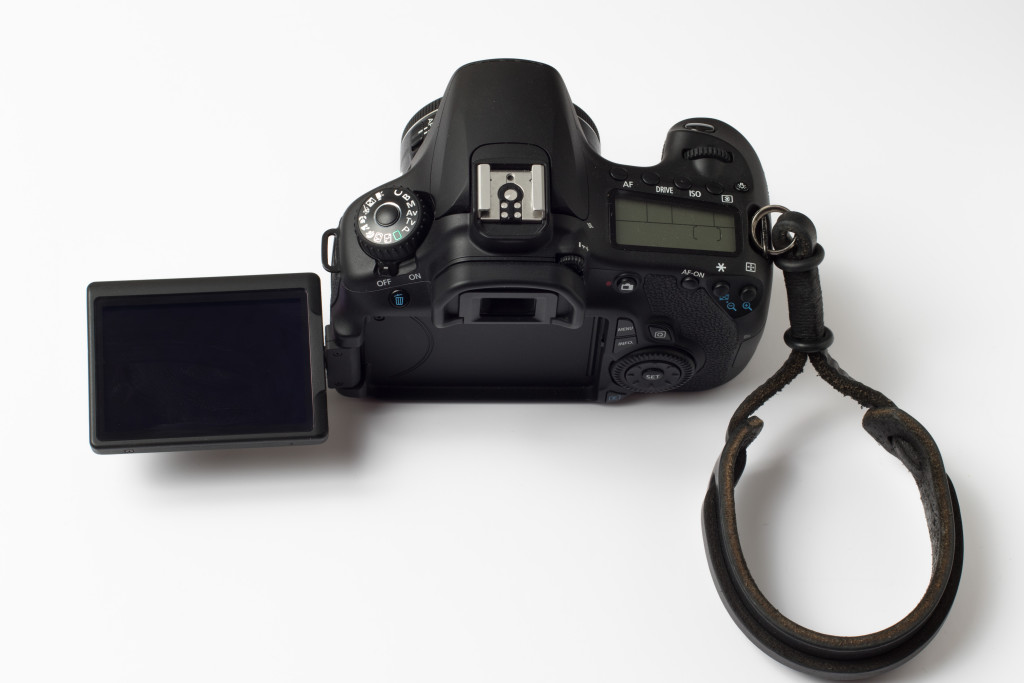
This waist-level viewfinder swivels to the side. Others are hinged to flip upward from the back of the camera.
Most eye-level viewfinders show you the exact framing (or close enough) that you will capture with the image sensor or film. A dwindling number of cameras, such as the Leica M-series and Voightlander rangefinders, provide a “looser” frame that consists of marked lines or corners within a larger window. Framelines are less precise, but they have the benefit of allowing you to see outside the frame and thereby anticipate when someone or something is about to intrude on your composition.
A third option to consider is the difference between optical and electronic viewfinders. With an optical viewfinder, you’re looking at the actual photons reflected from the subject and transmitted through your camera’s lens or viewfinder. With an electronic viewfinder, you’re looking at how the image sensor and an LCD display inside your camera interpret the photons reflected by your subject. In practice, optical viewfinders are easier to use outdoors in bright light because they aren’t susceptible to being overpowered by direct sunlight. Electronic viewfinders are often better indoors and under available light because they “gain up” (get brighter in low light) to provide a close approximation of how the final image will look.
None of these viewfinder options are inherently better or worse; it’s more a matter of what types of subjects you prefer, and under what conditions you like to shoot.
These tips were taken from Gordon Lewis’ book, Street Photography, which is available now! Check out his images below.
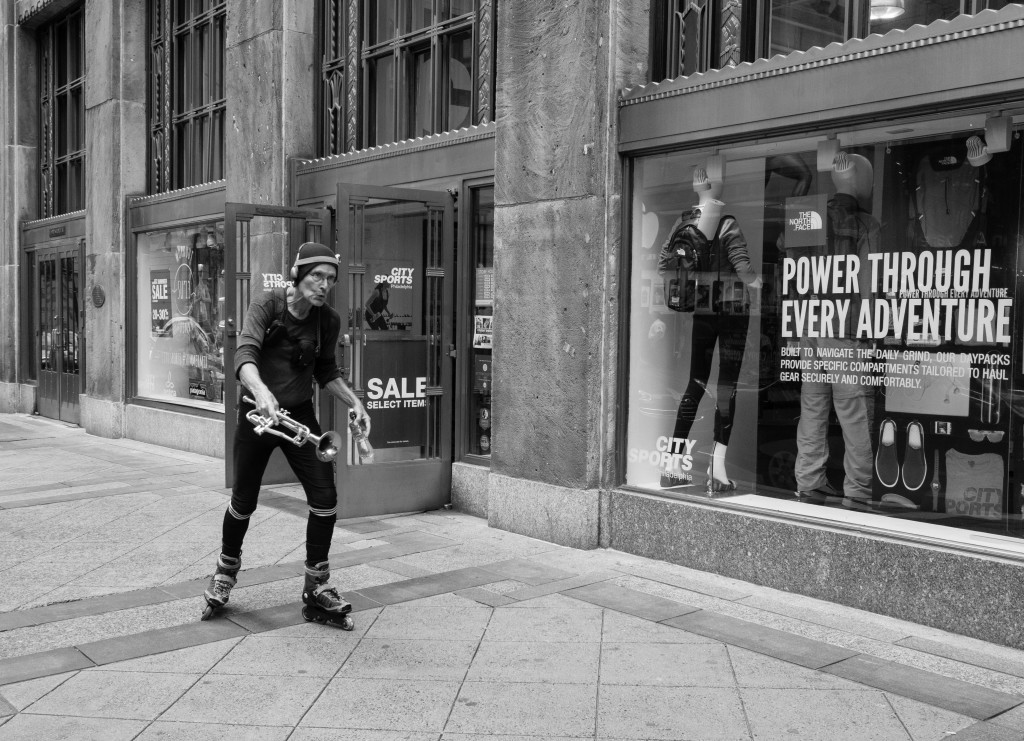
© Gordon Lewis
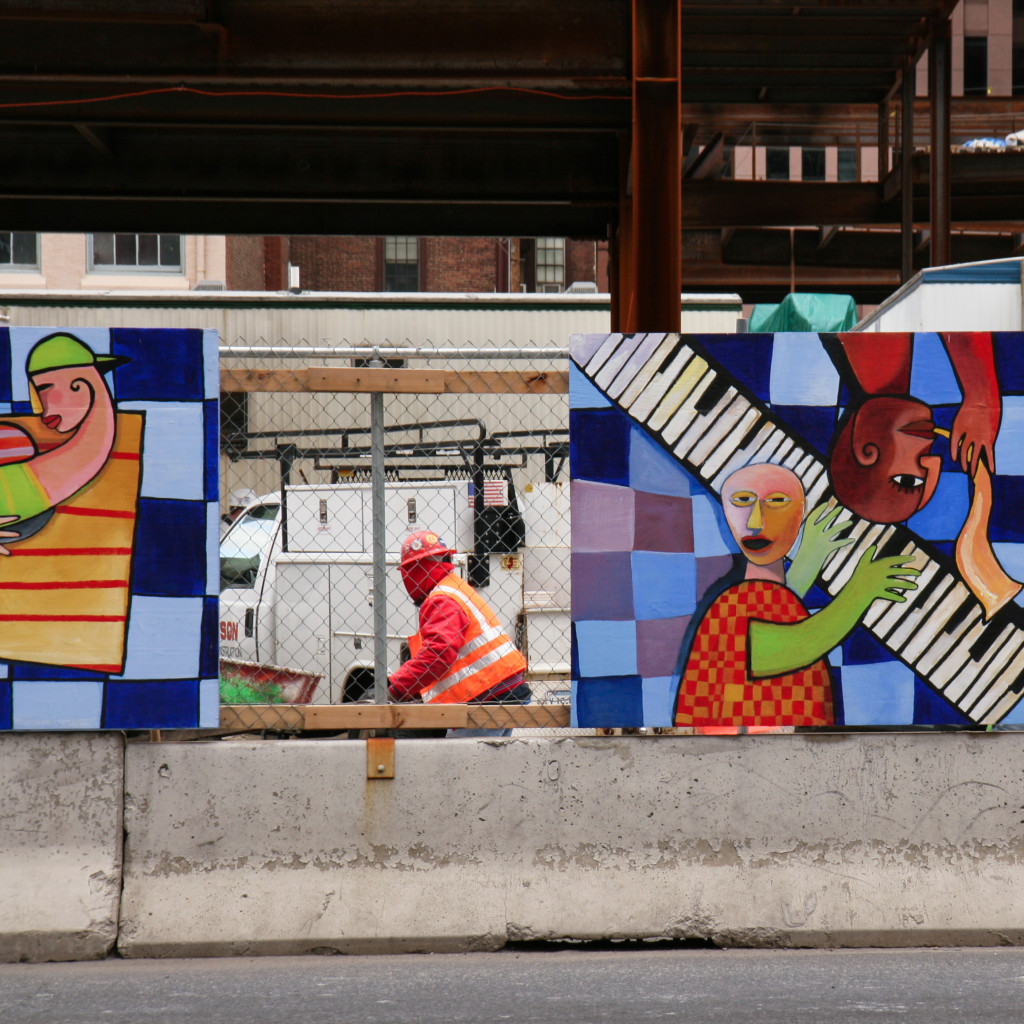
© Gordon Lewis
